Best Laravel Collection Guides to Buy in November 2025
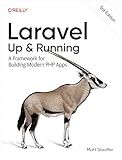
Laravel: Up & Running: A Framework for Building Modern PHP Apps


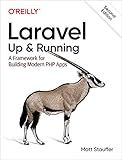
Laravel: Up & Running: A Framework for Building Modern PHP Apps


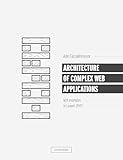
Architecture of complex web applications. Second Edition.: With examples in Laravel(PHP)


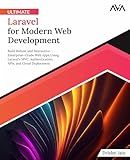
Ultimate Laravel for Modern Web Development: Build Robust and Interactive Enterprise-Grade Web Apps using Laravel's MVC, Authentication, APIs, and Cloud Deployment (English Edition)


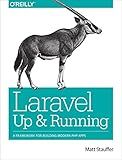
Laravel: Up and Running: A Framework for Building Modern PHP Apps


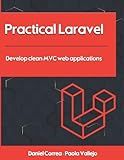
Practical Laravel: Develop clean MVC web applications


To create an array inside a Laravel collection, you can use the map method provided by Laravel collections. Here is an example of how you can achieve this:
$collection = collect([1, 2, 3, 4, 5]);
$newCollection = $collection->map(function ($item, $key) { return [ 'original_value' => $item, 'square_value' => $item * $item, ]; });
$newArray = $newCollection->toArray();
dd($newArray);
In this example, we have a collection of numbers [1, 2, 3, 4, 5]. We use the map method to transform each item in the collection into an array with two values: the original value and the square value of that number. Finally, we convert the transformed collection back to a regular PHP array using the toArray method.
You can now access the newly created array with additional attributes for each item in the collection.
How to merge two Laravel collections with arrays?
You can merge two Laravel collections with arrays using the merge method. Here's an example:
$collection1 = collect(['key1' => 'value1', 'key2' => 'value2']); $collection2 = collect(['key2' => 'newvalue', 'key3' => 'value3']);
$mergedCollection = $collection1->merge($collection2);
dd($mergedCollection);
In this example, we have two collections $collection1 and $collection2 with arrays. We use the merge method to merge the two collections into a new collection $mergedCollection. The final merged collection will contain the elements from both collections, with the values from $collection2 overriding any values with the same keys in $collection1.
You can then use the merged collection $mergedCollection as needed in your application.
How to check if a specific element exists in a Laravel collection array?
To check if a specific element exists in a Laravel collection array, you can use the contains() method. Here's an example of how you can use it:
$collection = collect([1, 2, 3, 4, 5]);
if ($collection->contains(3)) { echo 'The element 3 exists in the collection.'; } else { echo 'The element 3 does not exist in the collection.'; }
In this example, the contains() method is used to check if the element 3 exists in the collection array. If the element is found, the message "The element 3 exists in the collection." will be displayed. Otherwise, the message "The element 3 does not exist in the collection." will be displayed.
What is the significance of keys in a Laravel collection array?
In Laravel, keys in a collection array provide a way to access and reference each element in the array using a unique identifier. This can be helpful when needing to retrieve specific elements from the array, update or delete elements, or perform operations on the elements based on their keys.
Keys in a Laravel collection array can be defined manually when creating the collection, or they can be automatically assigned when the collection is created using methods like map or groupBy. Having keys in a collection array also allows for easy retrieval of elements using methods like get or where.
Overall, keys in a Laravel collection array provide a convenient way to organize and manipulate data in the array, making it easier to work with and interact with the data in a more structured manner.
What is the performance impact of using arrays in Laravel collections?
Using arrays in Laravel collections can have a performance impact, especially when dealing with a large amount of data. Arrays are typically slower than collections when it comes to methods like filtering, sorting, and manipulating data.
Collections provide additional methods and functionality that can improve the performance and efficiency of your code. For example, collections allow you to use lazy loading, which can help to reduce memory usage and improve overall performance.
Overall, using arrays in Laravel collections may lead to decreased performance compared to using collections, especially in situations where you need to perform complex operations on large datasets. It is recommended to use collections whenever possible to take advantage of their optimized performance and functionality.
